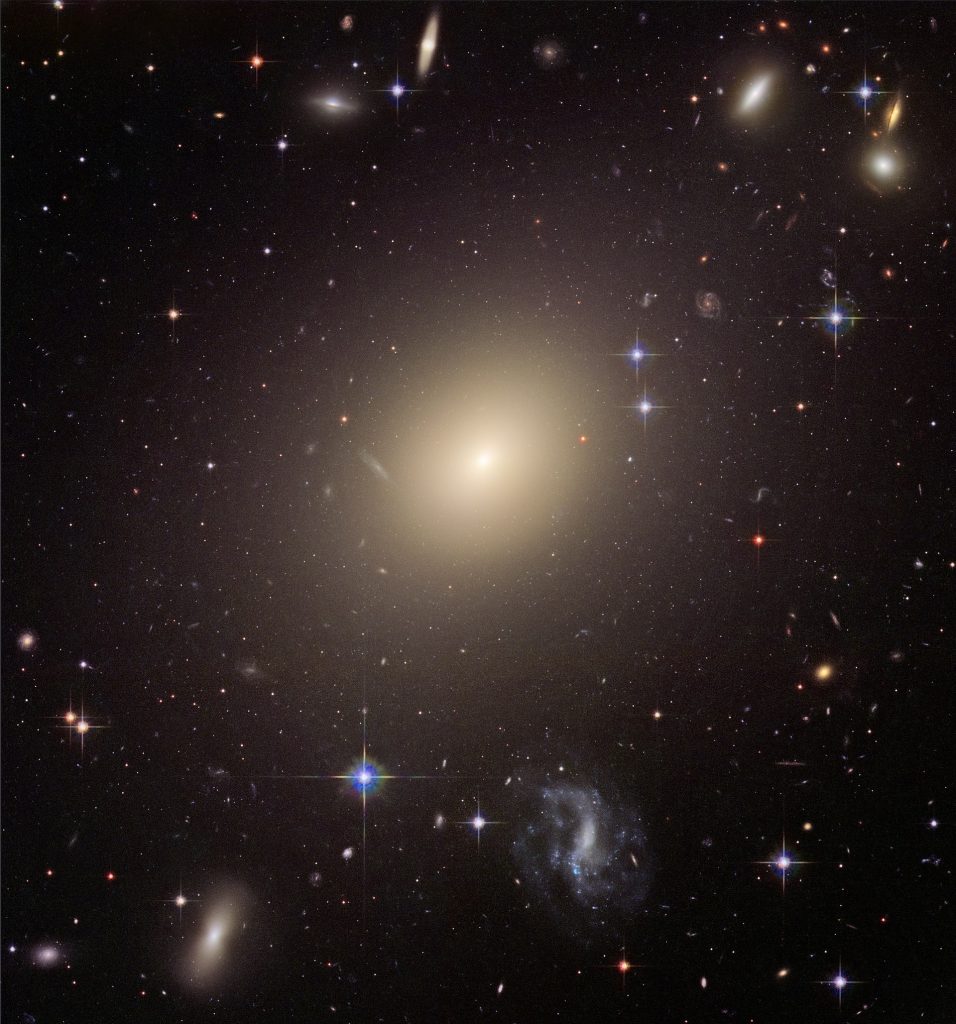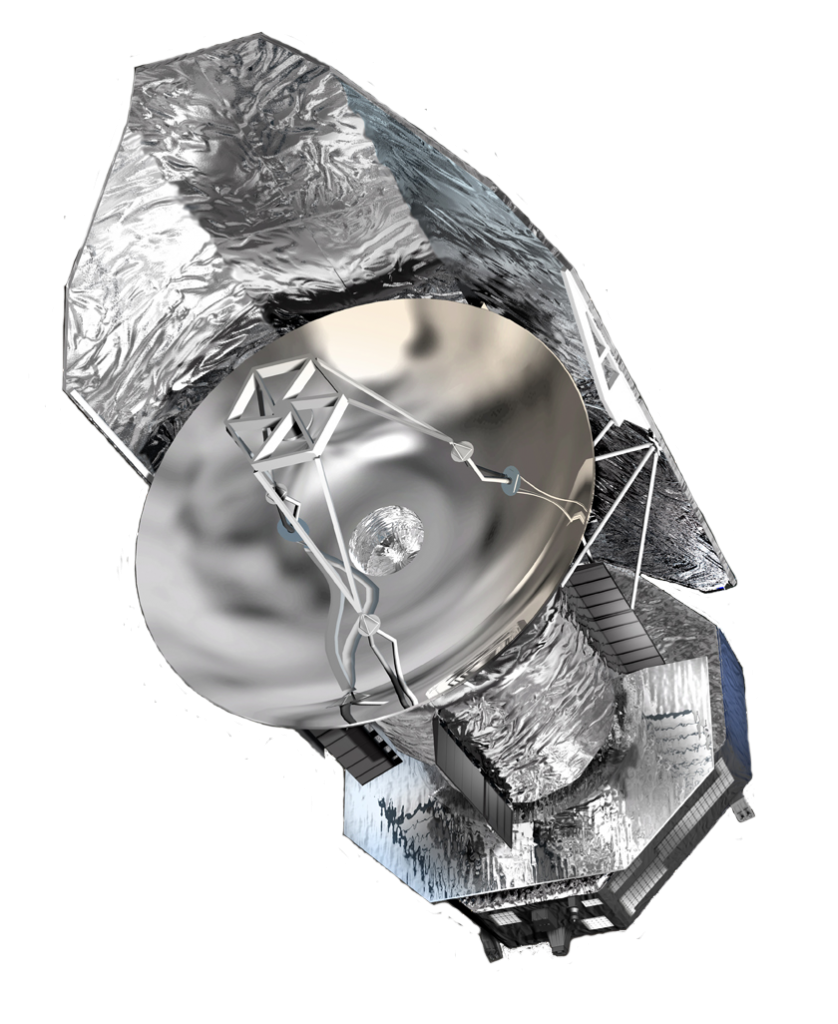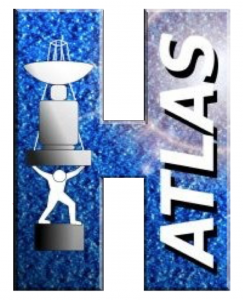I work in the field of galaxy formation and evolution. I am interested in particular on the early evolutionary phases of elliptical and lenticular galaxies, usually referred to as early-type galaxies (ETGs).

ETGs represent an excellent laboratory to test theories of galaxy formation and evolution. In fact, ETGs are the most massive and the oldest galaxies in the Universe. These properties suggest a “top-down” scenario of galaxy formation in which massive galaxies formed first (cosmic downsizing), at variance with what expected from the standard bottom-up scenario of dark matter structure formation. Moreover, ETGs harbor a supermassive black hole (SMBH) at their center, reminiscent of an active galactic nucleus (AGN) phase.
Tight relations between the mass of the SMBH and the properties of the ETG stellar component indicate a past mutual interaction between the black hole growth and the build up of the mass in stars. By studying ETGs in their early evolutionary phase I aim at understanding the mechanisms behind the cosmic downsizing and the interplay between black hole accretion and star formation
Tight relations between the mass of the SMBH and the properties of the ETG stellar component indicate a past mutual interaction between the black hole growth and the build up of the mass in stars. By studying ETGs in their early evolutionary phase I aim at understanding the mechanisms behind the cosmic downsizing and the interplay between black hole accretion and star formation

Since both star formation and black hole accretion are characterised by severe dust obscuration around the peak of their cosmic evolution (at z~1–3), I investigate the formation of ETGs mainly by means of observations at mid-/far-infrared to sub-millimetre/millimetre wavelengths, where the optical/UV light from stars and active galactic nuclei (AGN) is reprocessed by dust.
.
Over the last years I have been looking for sub-mm bright proto-ETGs which are gravitationally lensed in order to exploit the increase in spatial resolution offered by lensing to study the sub-kpc properties of these galaxies. In 2010 I have validated a simple and efficient method to find these rare events in wide area sub-millimeter/millimeter surveys, which granted me a publication in the Science journal.
 I am a member of the executive committee of the Herschel Astrophysical Terahertz Large Area Survey (H-ATLAS, www.h-atlas.org) and one of the two coordinators of the working group on gravitational lensing within H-ATLAS.
I am a member of the executive committee of the Herschel Astrophysical Terahertz Large Area Survey (H-ATLAS, www.h-atlas.org) and one of the two coordinators of the working group on gravitational lensing within H-ATLAS.The links below provide more information about my research interests and activities
• Formation and evolution of galaxies